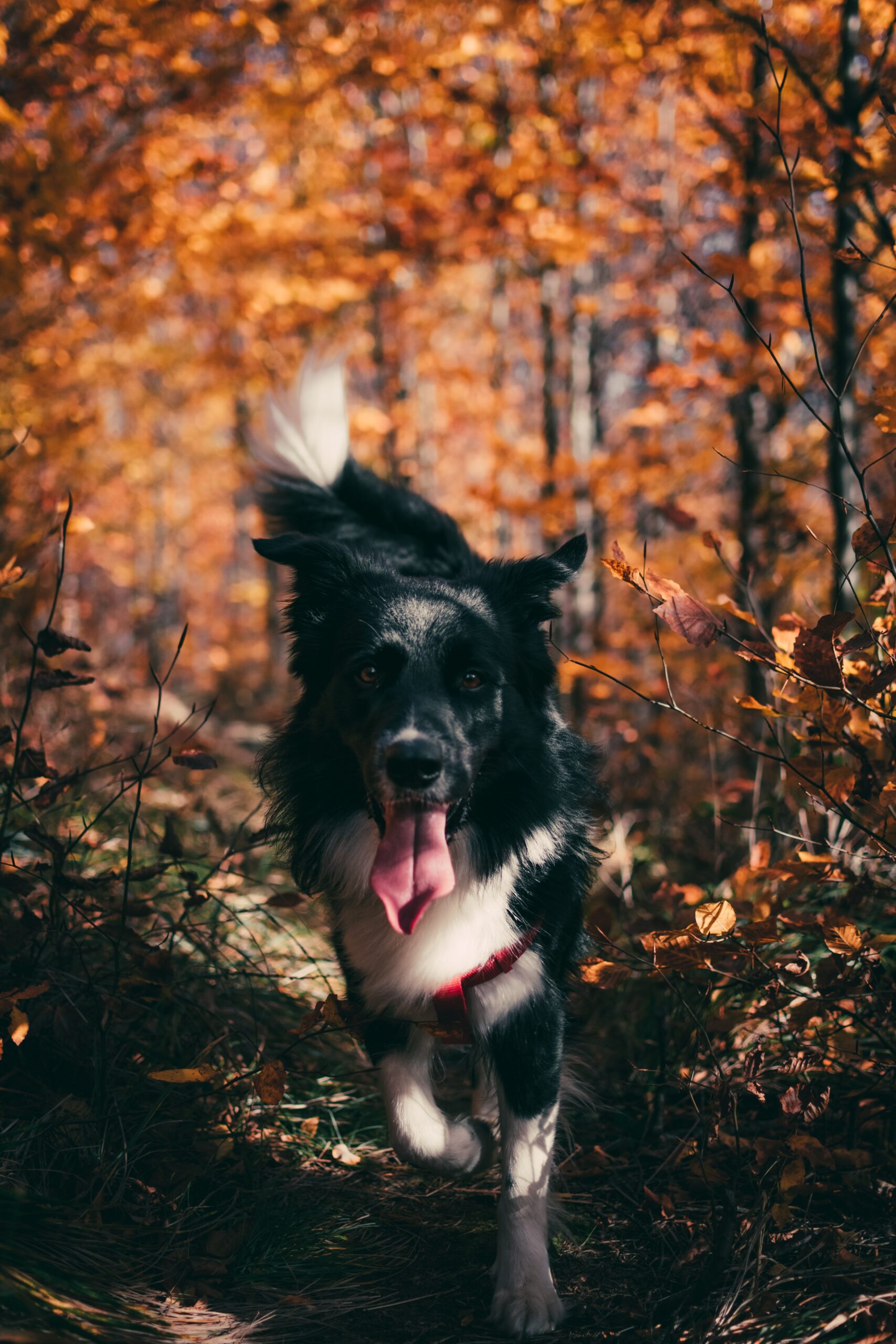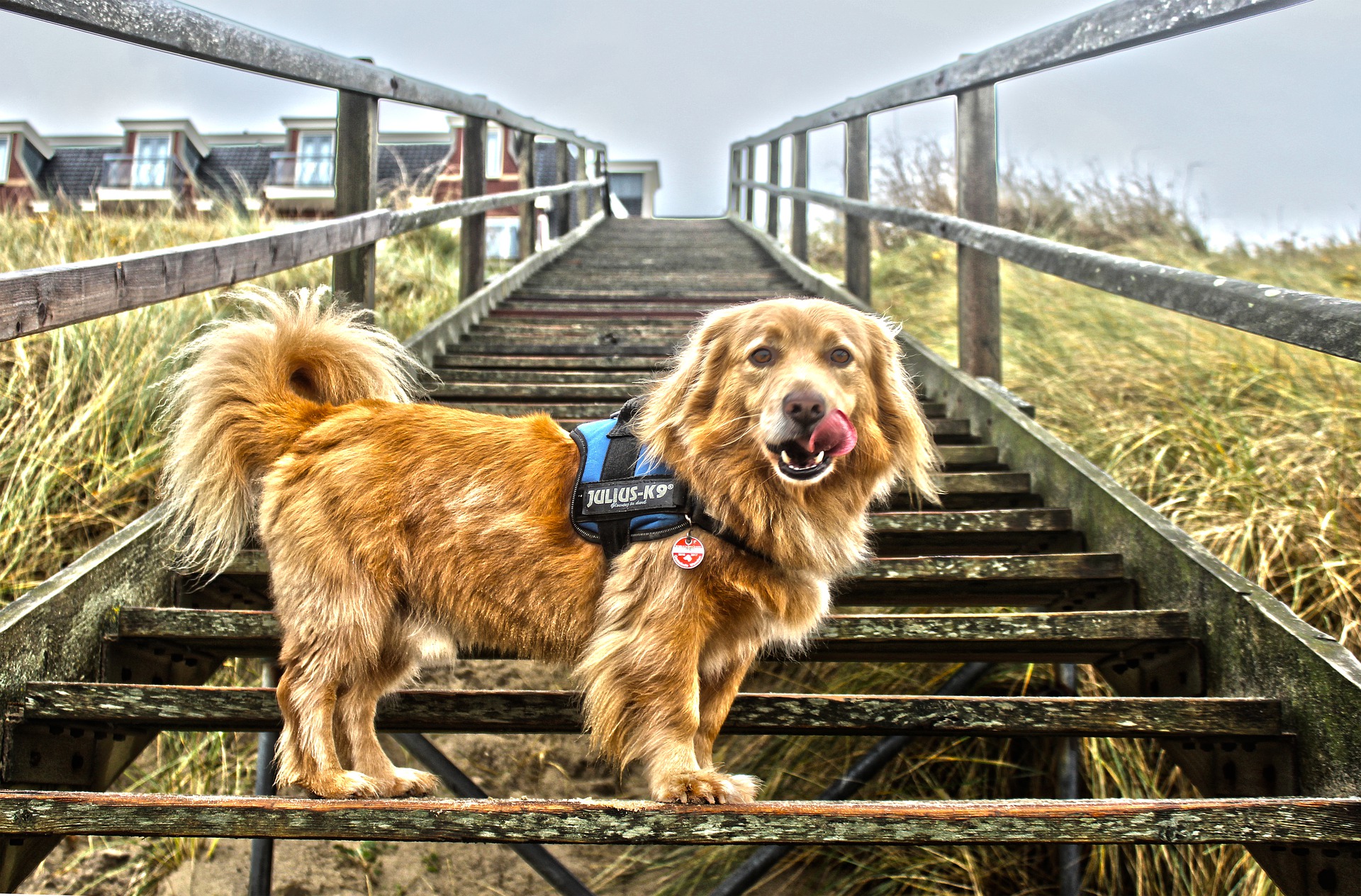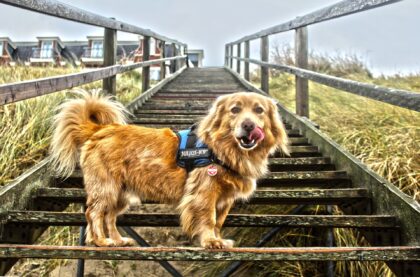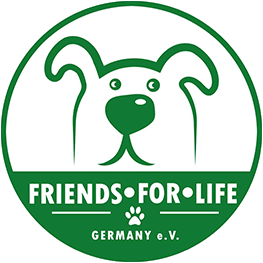- BY DOG FIT by PreThis®
- POSTED IN News Magazine
- WITH 0 COMMENTS
- PERMALINK
- STANDARD POST TYPE
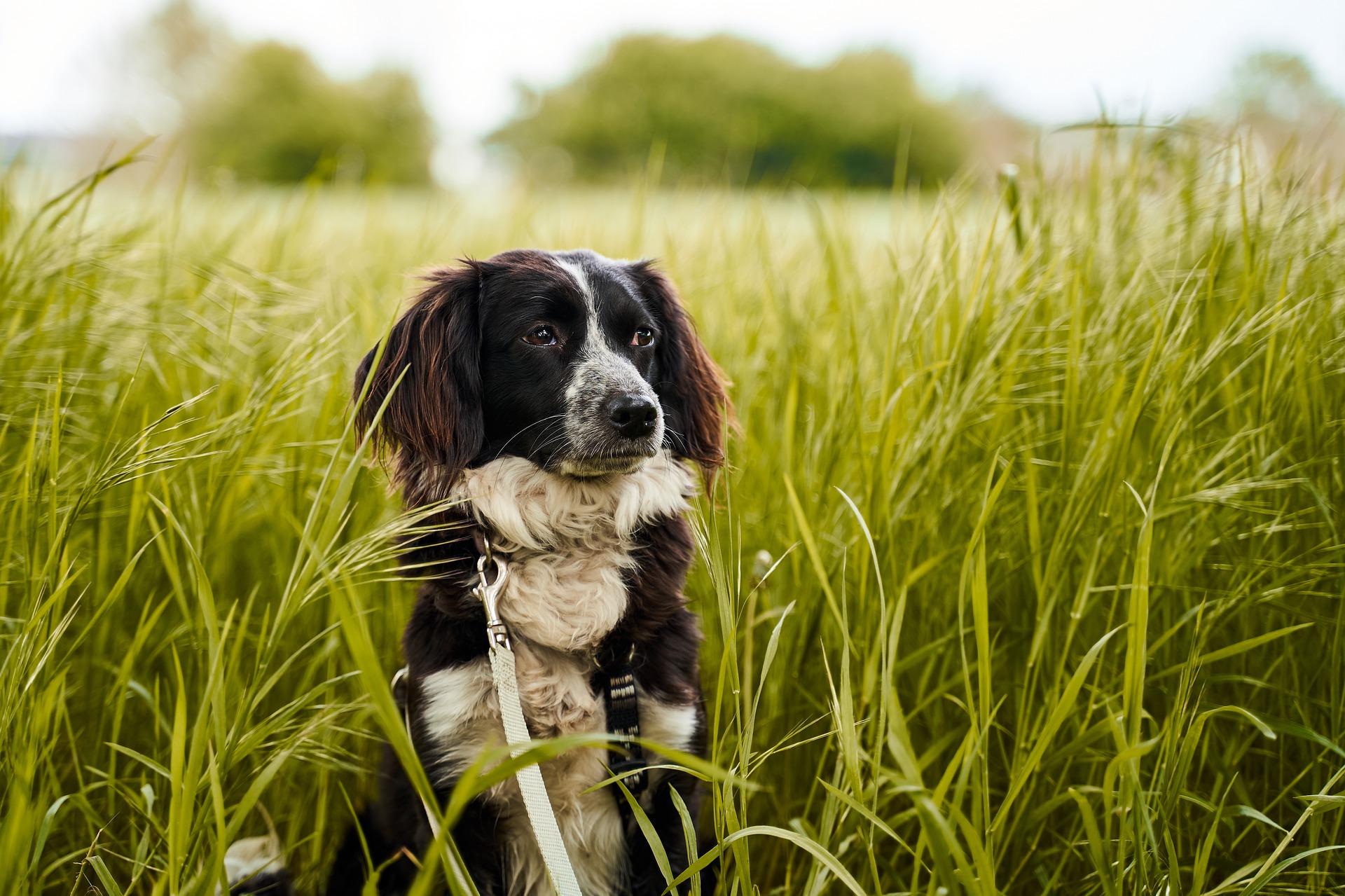
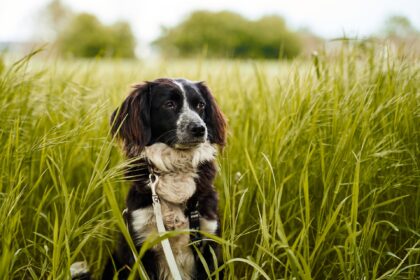 Whether in the classifieds or in animal welfare: If you want to get a dog, you will inevitably come across dogs from abroad, some of which have been rescued from catastrophic circumstances, and are now waiting for a warm basket in a new home. When you see the terrible, inhumane conditions in many Eastern and Mediterranean countries, the desire to help the poor dogs is great. The sight of the loyal dog eyes does the rest and many a dog is allowed to move into a new, better home and is saved. Unfortunately, it’s not as easy as it sounds – neither for the dog nor for the new owner.
Whether in the classifieds or in animal welfare: If you want to get a dog, you will inevitably come across dogs from abroad, some of which have been rescued from catastrophic circumstances, and are now waiting for a warm basket in a new home. When you see the terrible, inhumane conditions in many Eastern and Mediterranean countries, the desire to help the poor dogs is great. The sight of the loyal dog eyes does the rest and many a dog is allowed to move into a new, better home and is saved. Unfortunately, it’s not as easy as it sounds – neither for the dog nor for the new owner.
(more…)
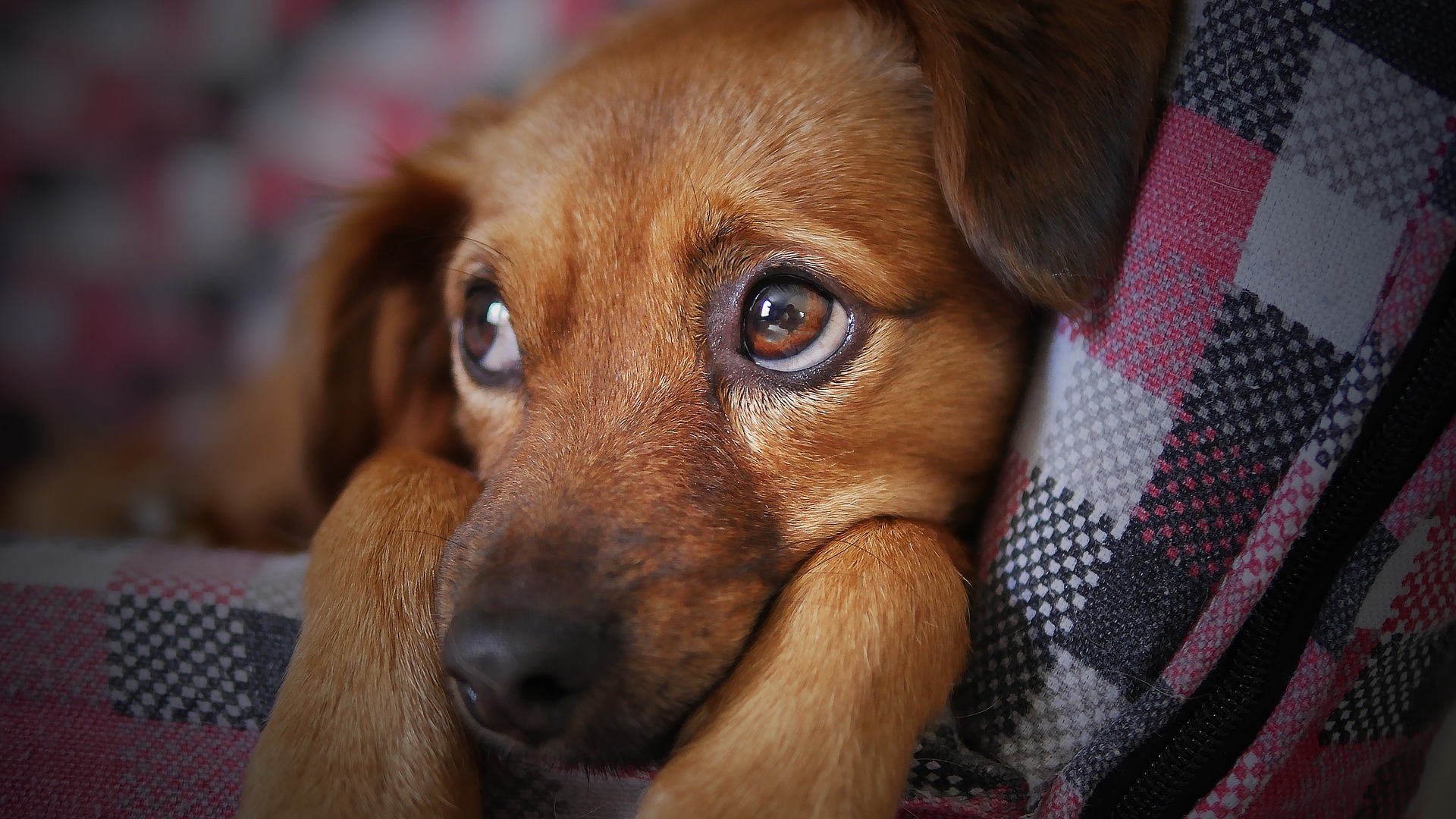
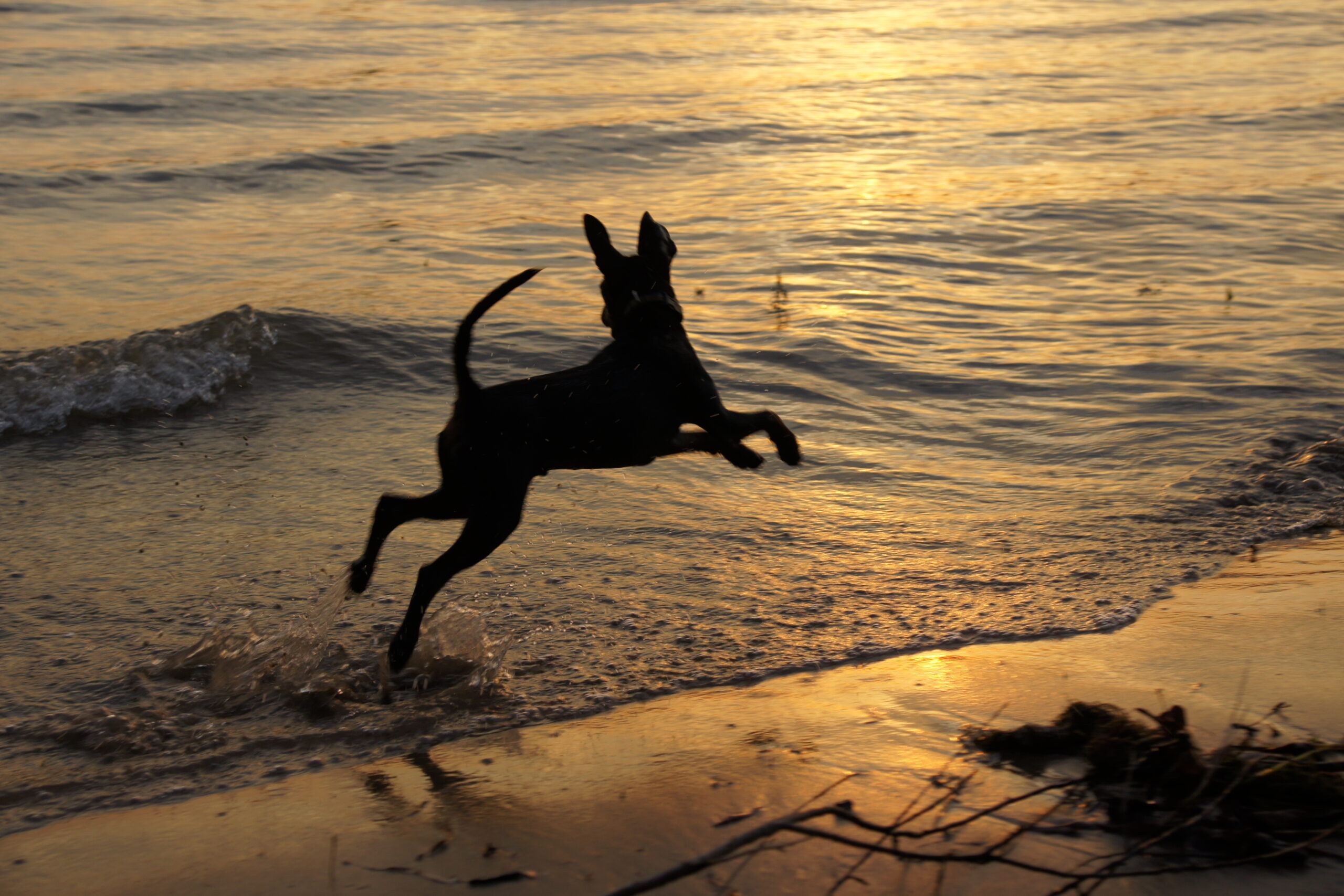
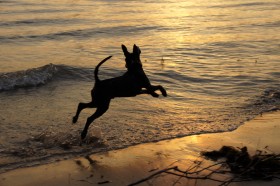
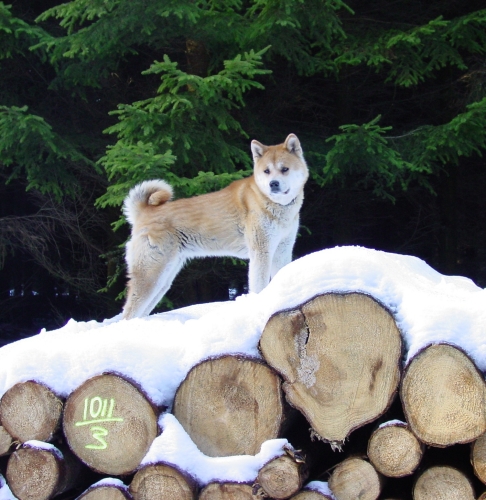
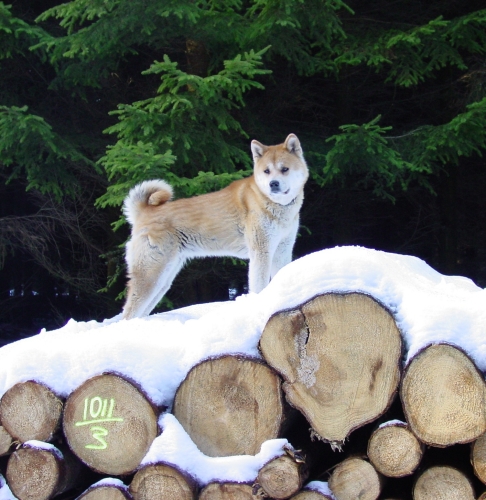
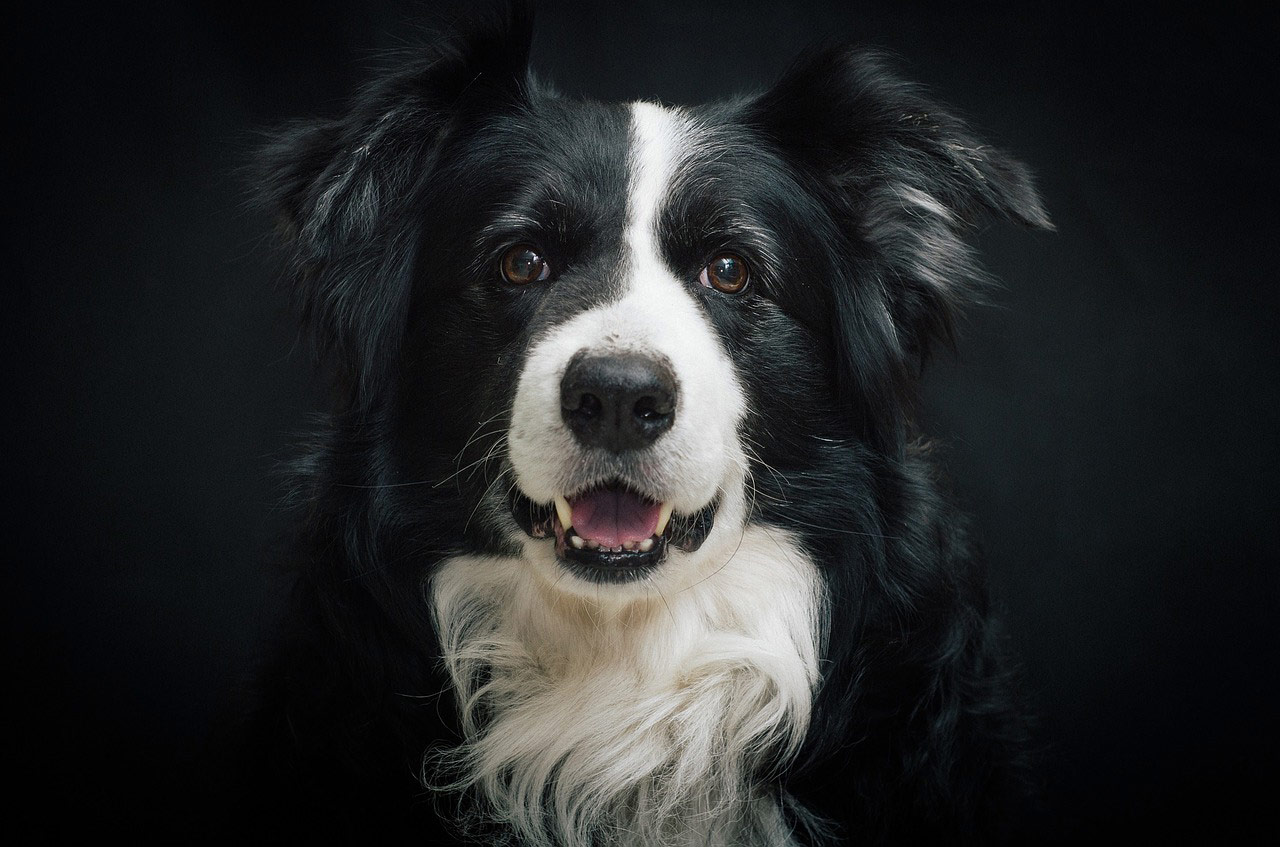
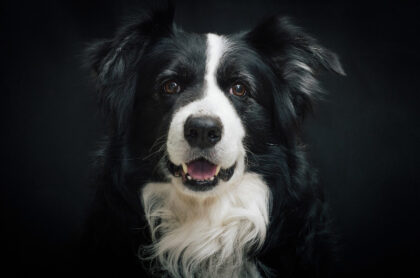
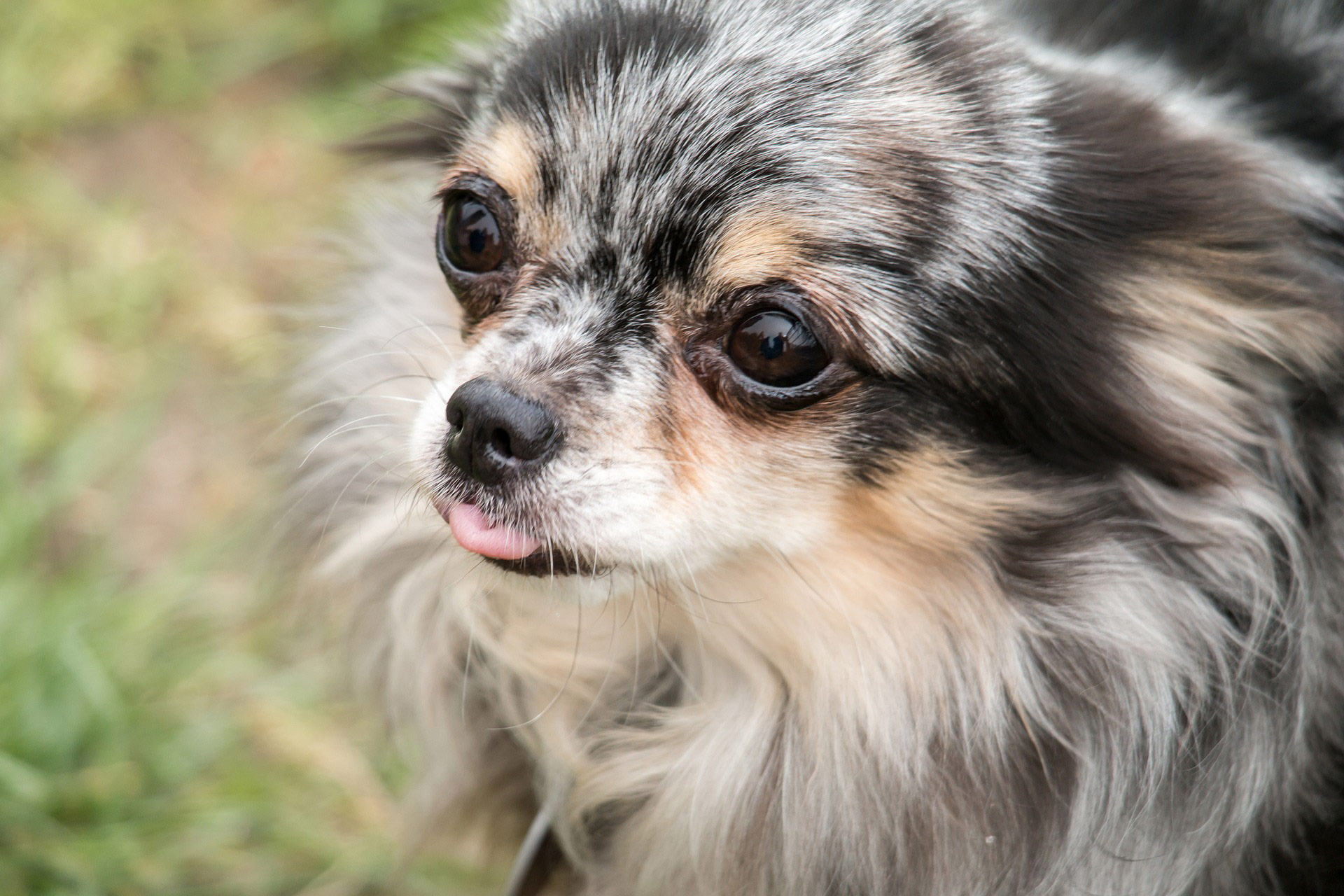
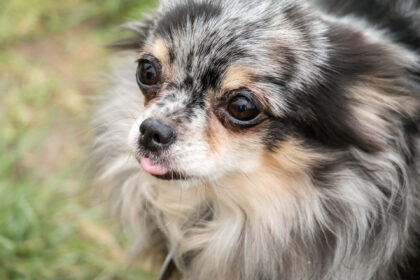
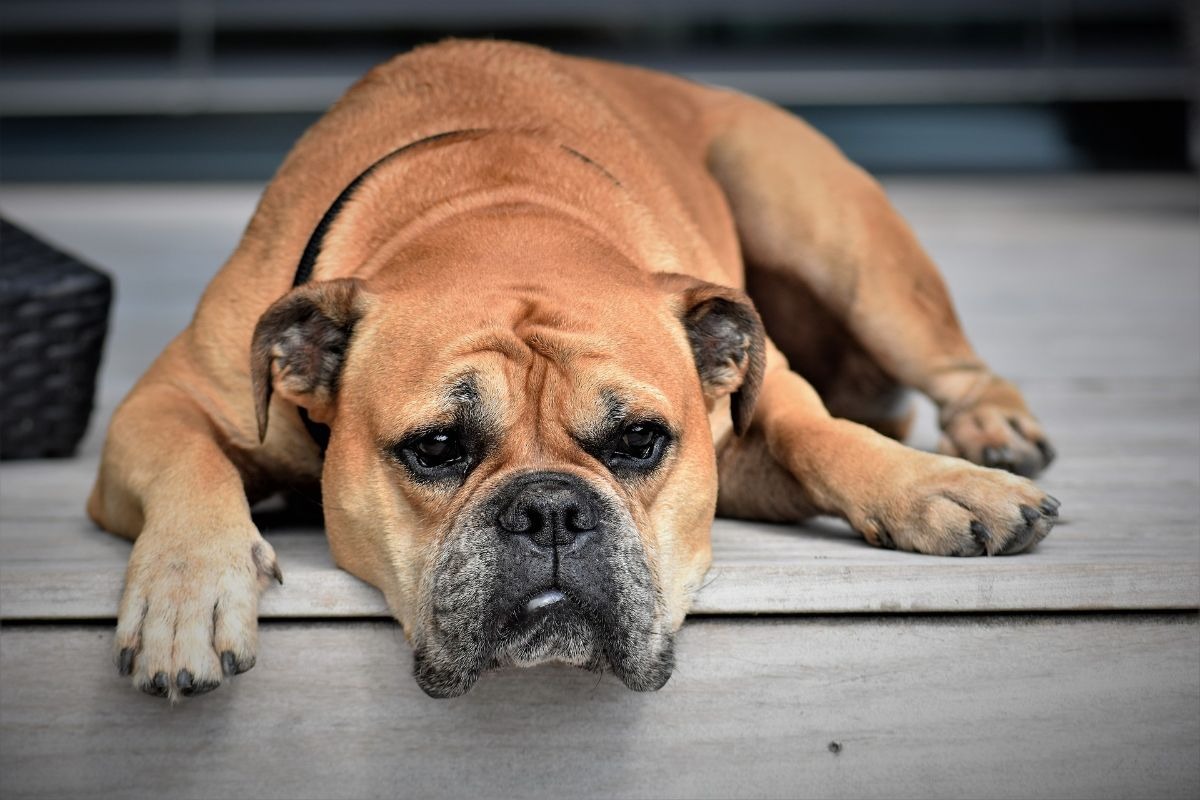
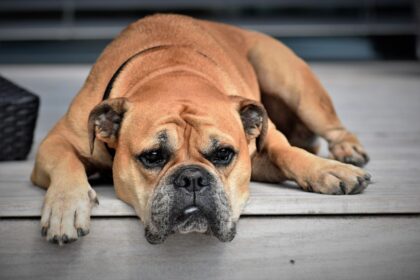 Dogs also get sick. Just like us humans, you struggle with back pain, diabetes, canine joint disease and more. However, there are also some diseases that we humans are spared from, but which hit our four-legged friends even harder. However, dog owners often find it difficult to recognize these diseases and assign the symptoms to the corresponding clinical picture – although this is usually urgently necessary. A typical example is distemper: Almost everyone has heard of this often fatal animal disease, but very few people know more than the name. In many cases, early diagnosis can be life-saving.
Dogs also get sick. Just like us humans, you struggle with back pain, diabetes, canine joint disease and more. However, there are also some diseases that we humans are spared from, but which hit our four-legged friends even harder. However, dog owners often find it difficult to recognize these diseases and assign the symptoms to the corresponding clinical picture – although this is usually urgently necessary. A typical example is distemper: Almost everyone has heard of this often fatal animal disease, but very few people know more than the name. In many cases, early diagnosis can be life-saving.
